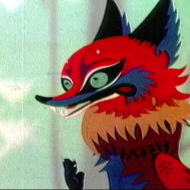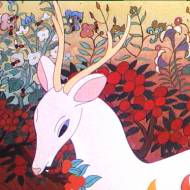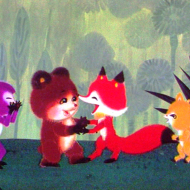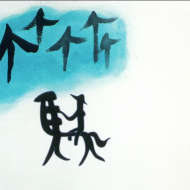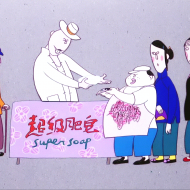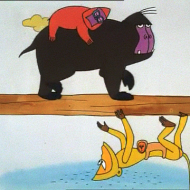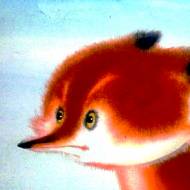Guest Country: China: The New Golden Age After the Cultural Revolution
Between artistic effervescence and creative energy, China’s animation renaissance and its new golden age.
After a cultural revolution that turned China’s animation scene upside down, little by little, animators started going back to the studio in 1976. Teeming with energy, the filmmakers expressed their enthusiasm by producing heaps of high-profile films such as The Fox Hunts the Hunter (1978) and Prince Nezha’s Triumph Against Dragon King (1979).
To respond to this cinematic proliferation, a new technique called "torn and articulated ink wash" was brought forward by filmmaker and creator Hu Jinqing. This made it possible to frugally animate Chinese painting and was well adapted for creating animals’ fur.
Galvanised by the creative energy of this golden age, the Chinese animation industry soared to its highest position until the mid-eighties, when it saw a decline caused by the privatisation of cinemas and the reign of television which broadcast mediocre Japanese shows. The supremacy of the Chinese model struggled and the animation world came into a new era governed by new ways of functioning and international perspectives.
For the third and last part of this trilogy dedicated to the history of Chinese animation, expert Marie-Claire Kuo-Quiquemelle selected a range of short films that represent this second golden age that took place just a few years before its decline.
Films
-
Le Renard mystifie le chasseur
China - Xionghua HU
-
Le Cerf au neuf couleurs
China - Qian JIAJUN, Tielang DAI
-
Petit Renard
China - Guiyun GE
-
36 Caractères chinois
China - Xu JING DA
-
Supersavon
China - Xu JING DA
-
Le Pont fait d'une seule poutre
China - Shu-Cheng WANG
-
Le Renard des neiges
China - Yunqiu WU
